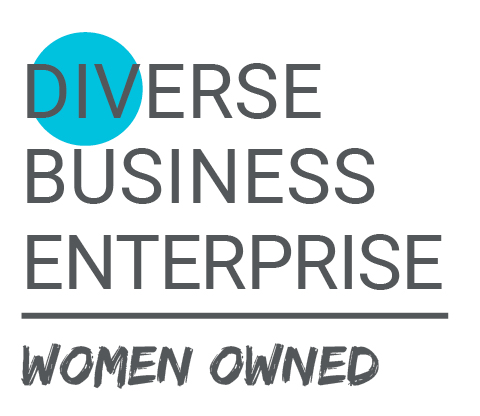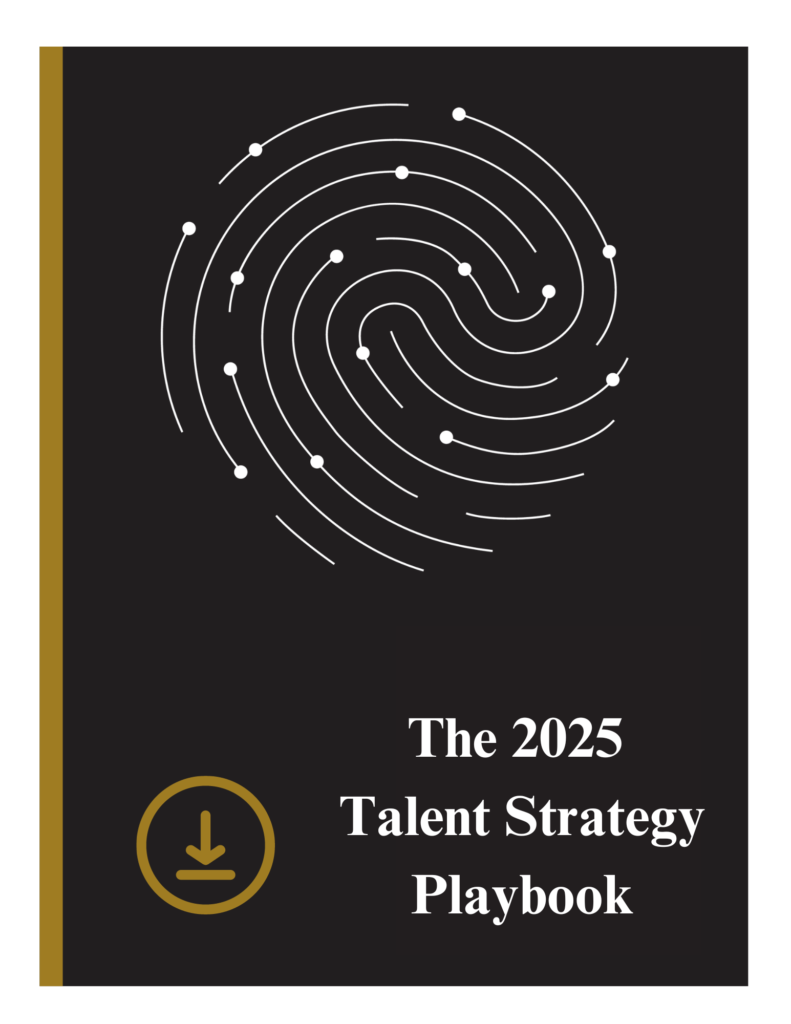by Jade Wight, Customer Success Specialist at W Talent Solutions
In today’s talent landscape, timing isn’t just important—it’s everything. When a key leader steps down unexpectedly or rapid growth stretches your team thin, reactive hiring becomes the default. But rushing to fill a gap often results in misalignment, poor fit, and costly turnover.
High-performing organizations don’t wait for hiring emergencies. They anticipate them.
Proactive recruiting means building a forward-looking talent strategy — one that’s ready to meet demand before pressure hits. It’s about shifting from damage control to strategic readiness.
What Proactive Recruiting Really Means
Proactive support goes beyond reacting quickly. It means working with clients to understand their growth trajectory, talent gaps, succession plans, and long-term vision. It’s about helping hiring managers and executives prepare before the urgency kicks in.
Here’s how that looks in practice:
1. Benchmarking Roles Before the Vacancy Exists
Help clients benchmark critical positions by identifying key traits, cognitive strengths, leadership styles, and cultural values. This clarity speeds up hiring and ensures a better fit.
2. Building a Talent Pipeline, Not Just a Talent Pool
Proactive recruiting builds long-term relationships with high-potential professionals, even if they’re not ready to move yet or have not found the right fit. This ensures quick access to quality candidates when needed.
3. Reading Organizational Signals
Monitor more than just job openings—look for signs like business expansion, shifting priorities, and leadership changes. These signals help spot emerging talent needs early.
4. Supporting Internal Talent Strategies
Sometimes, the best hire is already inside. Help clients assess internal candidates for leadership potential, values alignment, and readiness, thinking holistically—not just externally.
5. Ensuring Stakeholder Alignment Early
Hiring stalls when leadership isn’t aligned. Engage stakeholders early to ensure
clarity on role expectations, leading to faster, more confident decisions on top talent.
Be Prepared for Change
Proactive recruiting reduces risk by ensuring you’re prepared for change, not scrambling to react. It leads to a smoother, more respectful candidate experience, boosting your brand and building stronger talent relationships.
Most importantly, it protects the business. Unfilled or poorly filled roles cost time, money, and momentum. With a forward-thinking partner, continuity and long-term success are within reach.
Strategic hiring starts before the job post goes live. It’s not about perfection — it’s about preparation. Are you ready before you need to be?



















